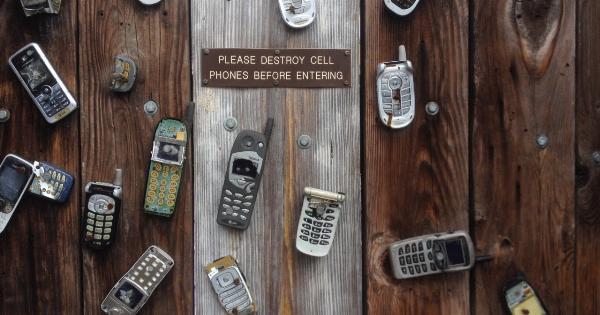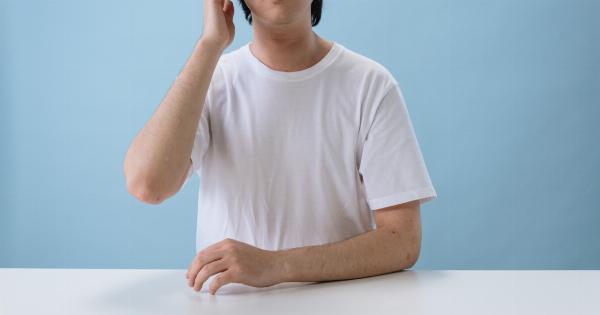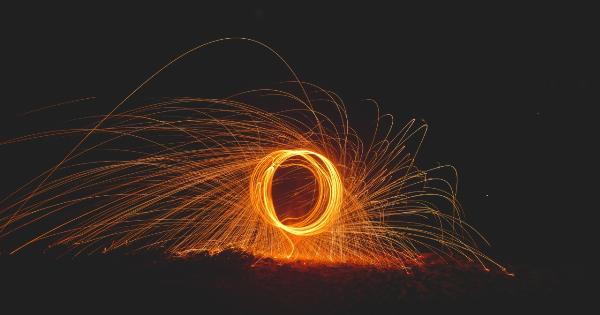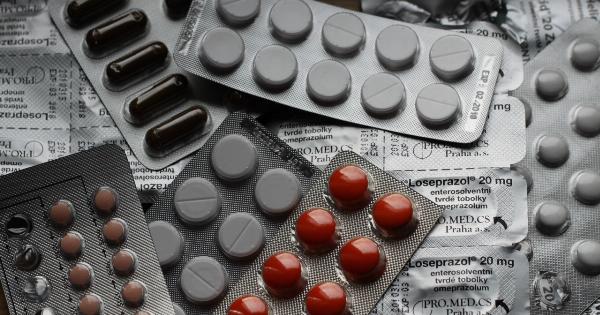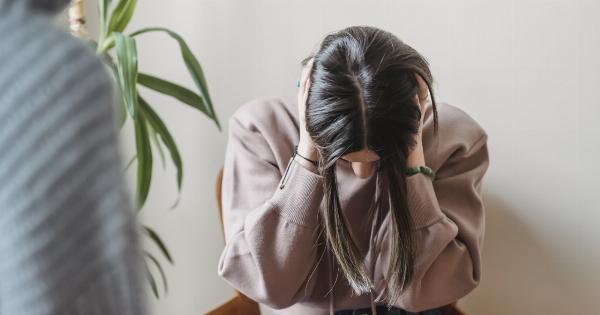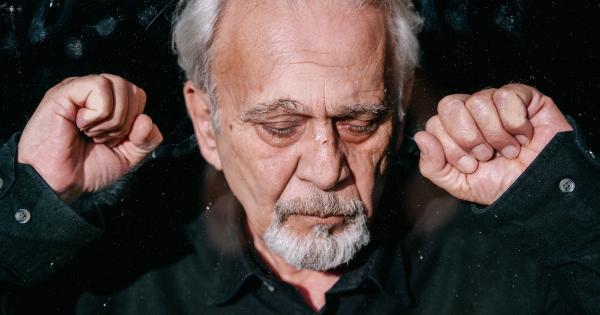Gryoid alopecia, also known as pattern hair loss or androgenic alopecia, is a common hair loss condition that affects both men and women. It is characterized by progressive hair thinning and a receding hairline in men, and diffused hair loss in women.
Over the years, various modern interventions have been developed to effectively manage and treat gryoid alopecia. In this article, we will discuss some of these interventions, their mechanisms of action, and their effectiveness.
1. Topical Minoxidil
One of the most widely used interventions for gryoid alopecia is topical minoxidil. Minoxidil is a vasodilator that is believed to increase blood flow to the hair follicles, stimulate hair growth, and prolong the growth phase of hair follicles.
It is available over-the-counter and is commonly applied directly to the scalp in the form of a foam or liquid solution. Studies have shown that topical minoxidil can significantly increase hair density and regrowth in both men and women with gryoid alopecia.
2. Finasteride
Finasteride is an oral medication that works by inhibiting the enzyme 5-alpha reductase, which converts testosterone to dihydrotestosterone (DHT).
DHT is believed to play a key role in the development of gryoid alopecia by shrinking hair follicles and shortening the growth phase of the hair cycle. By reducing DHT levels, finasteride can help slow down hair loss, increase hair regrowth, and improve hair density. It is primarily used in men and should be taken under the supervision of a healthcare professional due to potential side effects.
3. Low-Level Laser Therapy (LLLT)
Low-level laser therapy, also known as red light therapy, is a non-invasive procedure that uses red light wavelengths to stimulate hair growth.
It is believed to work by increasing blood flow to the hair follicles, promoting cell metabolism, and extending the growth phase of the hair cycle. LLLT can be administered through various devices, such as laser combs or helmets, and is typically performed in a clinical setting or at home.
While the exact mechanisms behind LLLT’s effectiveness are not fully understood, studies have shown positive results in terms of increased hair density and thickness.
4. Platelet-Rich Plasma (PRP) Therapy
Platelet-rich plasma therapy is a procedure that involves drawing a patient’s blood, processing it to isolate the platelet-rich plasma, and then injecting it into the scalp.
Platelets contain growth factors that can stimulate hair growth by promoting cell proliferation and angiogenesis. PRP therapy is considered a safe and natural intervention for gryoid alopecia, as it utilizes the patient’s own blood components.
While more research is needed to determine its long-term efficacy, preliminary studies have shown promising results in terms of increased hair thickness and regrowth.
5. Hair Transplantation
Hair transplantation is a surgical procedure that involves moving hair follicles from a donor area to a recipient area of the scalp. It is typically used to treat advanced cases of gryoid alopecia where other interventions have not been successful.
The transplanted hair follicles are permanent and can continue to grow hair naturally. Hair transplantation has evolved significantly over the years, with techniques such as follicular unit transplantation (FUT) and follicular unit extraction (FUE) providing more natural-looking results with minimal scarring.
6. Scalp Micropigmentation (SMP)
Scalp micropigmentation is a non-surgical technique that involves depositing pigment into the scalp to simulate the appearance of hair follicles. It is often used to create the illusion of a closely shaved head or to camouflage areas of hair loss.
SMP can be a suitable option for individuals who prefer a clean-shaven look or are not suitable candidates for hair transplantation. The procedure is relatively quick, requires minimal maintenance, and can provide immediate results. However, it is important to choose an experienced and skilled practitioner to achieve a natural-looking outcome.
7. Nutritional Supplements
Various nutritional supplements have been marketed to promote hair growth and prevent hair loss in individuals with gryoid alopecia.
These supplements often contain a combination of vitamins, minerals, and botanical extracts that are believed to support hair health. While the evidence for the effectiveness of these supplements is mixed, some studies have shown positive results with certain formulations.
It is important to consult with a healthcare professional before starting any supplement regimen to ensure safety and effectiveness.
8. Hair Care Practices
In addition to the interventions mentioned above, adopting proper hair care practices can help manage and reduce the progression of gryoid alopecia.
This includes using mild shampoos, avoiding harsh chemical treatments and heat styling tools, and gently towel-drying and combing the hair. Regular scalp massages can also help stimulate blood flow to the hair follicles. Additionally, managing stress, maintaining a balanced diet, and leading a healthy lifestyle can contribute to overall hair health.
Conclusion
Gryoid alopecia can significantly impact an individual’s self-esteem and quality of life. Fortunately, modern interventions provide a range of options to effectively manage and treat this condition.
From topical medications like minoxidil and finasteride to non-invasive procedures like LLLT and PRP therapy, individuals with gryoid alopecia have access to numerous interventions to promote hair regrowth and improve hair density. Additionally, surgical options such as hair transplantation and non-surgical techniques like SMP offer solutions for more advanced cases of gryoid alopecia.
It is important to consult with a healthcare professional to determine the most suitable intervention based on individual needs and preferences.



